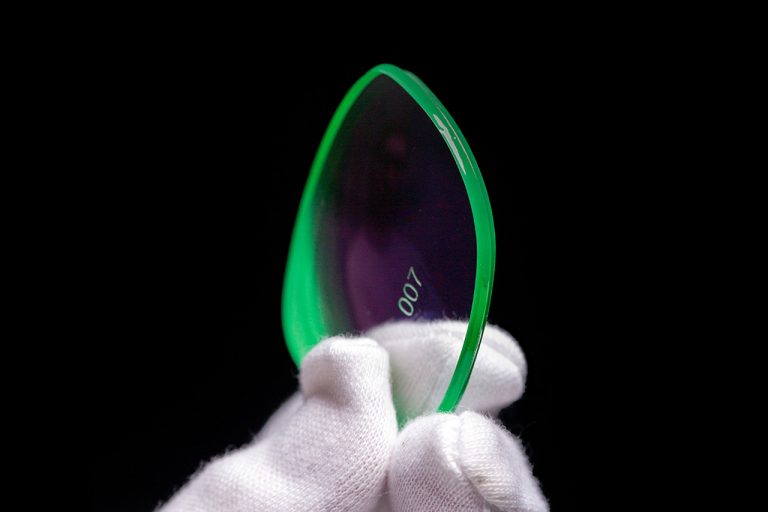What makes a good pair of golf glasses – and what does not
An interview with André Durow The golf season is in full swing and with it sales of golf glasses. But what visual needs do golfers actually have and are the industry’s golf glasses really a good solution? The sports eyewear expert André Durow has a strong opinion on this. MAFO spoke to the enthusiastic golfer…












